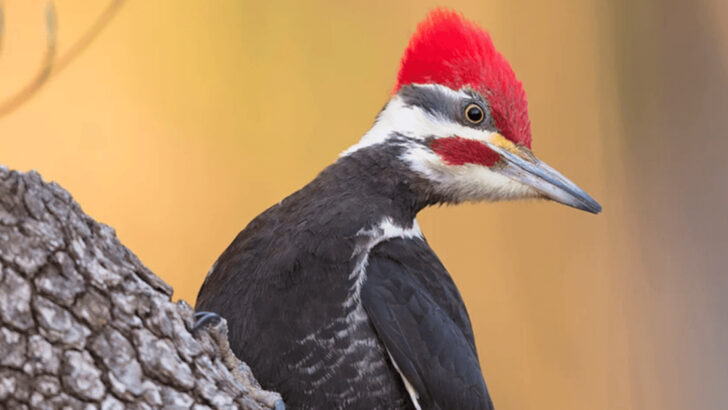Their heads slam into trees at 15 miles per hour—and they love it. Woodpeckers aren’t just noisy neighbors in the forest. They’re fearless, headbanging birds with built-in shock absorbers, incredible aim, and a drumming style that would make rock stars jealous. They don’t sing. They don’t soar. But give them a hollow log, and they’ll turn it into an echoing concert that doubles as a territory claim and love song. From tongues that wrap around their skulls to feet built for tree acrobatics, woodpeckers are packed with strange, wild, and brilliant features. These 15 facts will make you see them in a whole new light—no earplugs required.
Unique Head Structure
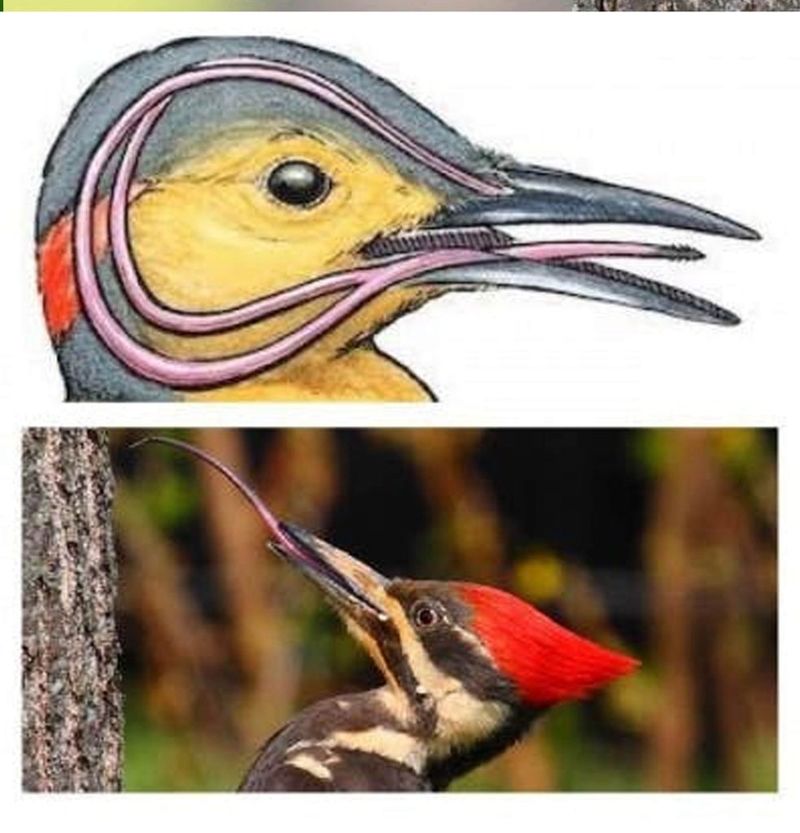
The woodpecker’s head is a marvel of nature. With a reinforced skull, it acts as a shock absorber, allowing the bird to peck at trees without injury. This adaptation is vital for their survival. Their beak, sharp and chisel-like, serves as a powerful tool for excavating nests and finding food. Their tongue, long and sticky, is perfect for extracting insects. Each element of their head is designed with precision. Did you know? Woodpeckers can peck 20 times per second without harming themselves. This unique head structure is truly a testament to their evolutionary success.
Drumming Communication
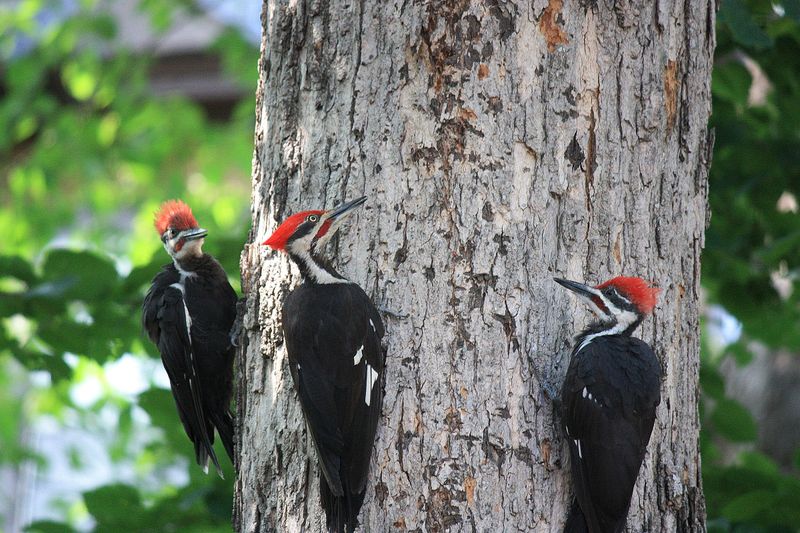
Communication through drumming sets woodpeckers apart. Unlike singing birds, woodpeckers use rhythmic beats to convey messages. These beats can indicate territory, attract mates, or deter rivals. The drumming varies in speed and intensity, each pattern holding a unique meaning. Woodpeckers listen intently to these beats, interpreting the coded messages with precision. Their ability to communicate through drumming demonstrates an extraordinary level of intelligence and social interaction. Fascinatingly, each species has its own distinct drumming style, akin to a personal signature in the world of avian acoustics.
Zygodactyl Feet
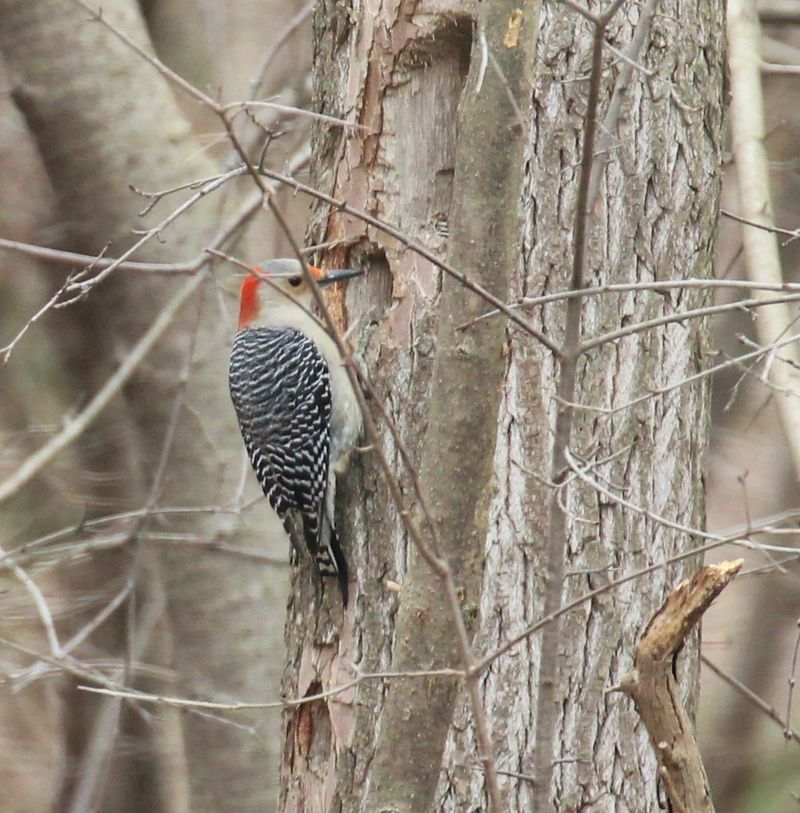
Woodpeckers possess zygodactyl feet, a unique trait that aids their climbing abilities. This arrangement, with two toes pointing forward and two backward, provides a strong grip on trees. It allows woodpeckers to ascend and descend trunks with ease. Their feet, combined with stiff tail feathers, act like a tripod, supporting their weight while pecking. This climbing proficiency is crucial for foraging and nesting. The zygodactyl feet not only highlight their evolutionary adaptation but also showcase the intricate design of their anatomy, enabling them to thrive in their arboreal habitat.
Tongue Mechanics
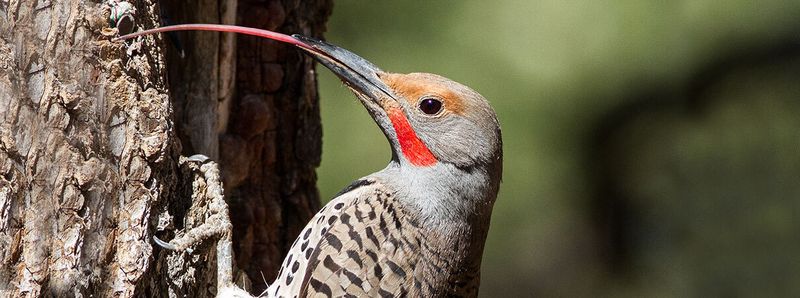
Woodpeckers have a tongue like no other bird. It can extend up to three times the length of its beak, allowing it to probe deep into crevices for insects. This long, barbed appendage is perfect for extracting termites and ants from their hiding spots. The tongue wraps around the skull when retracted, an adaptation that offers added protection. This remarkable feature highlights the woodpecker’s specialized feeding techniques. Such an extraordinary tongue mechanism underscores the bird’s adeptness in securing nourishment, showcasing nature’s ingenuity at its finest.
Drumming Speed
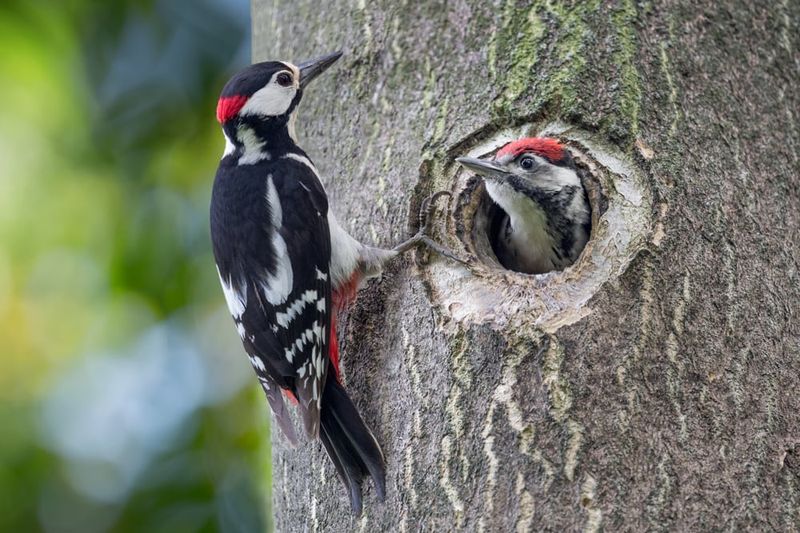
Woodpeckers are known for their impressive drumming speed. Remarkably, they can peck at a tree up to 20 times per second. This rapid-fire action is facilitated by strong neck muscles and a specially adapted brain. The speed is not just for show; each peck is calculated and purposeful, whether to communicate or forage. This astonishing ability demonstrates the bird’s exceptional endurance and precision. The drumming speed of woodpeckers is a testament to their unique evolution and their role as nature’s ultimate percussionists.
Insect Diet
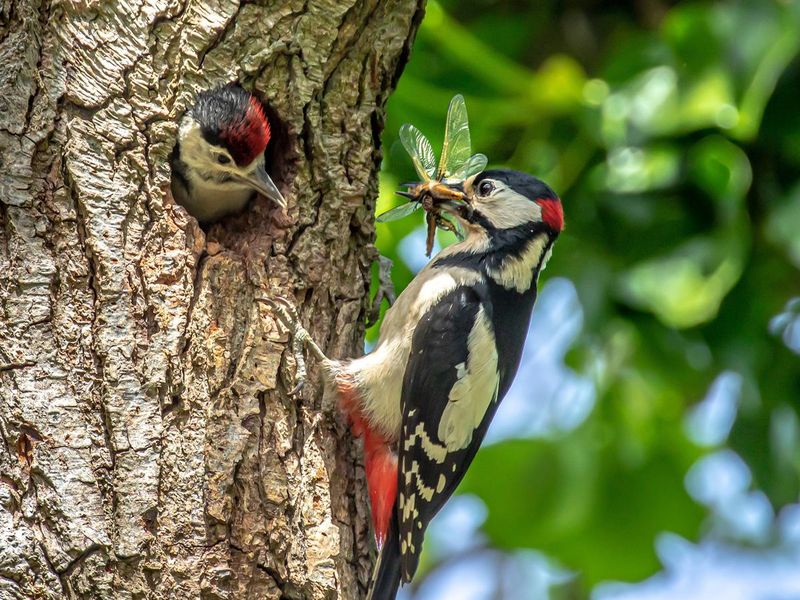
Insects form a significant part of a woodpecker’s diet. By pecking at the bark of trees, they uncover hidden larvae, ants, and beetles. Their feeding behavior benefits the ecosystem, controlling insect populations and promoting tree health. Woodpeckers’ dietary habits highlight their role as natural pest controllers. Their sharp beaks and long tongues are perfectly adapted for this task. This diet not only sustains them but also enriches the environment, showcasing their importance in maintaining ecological balance.
Nest Excavation
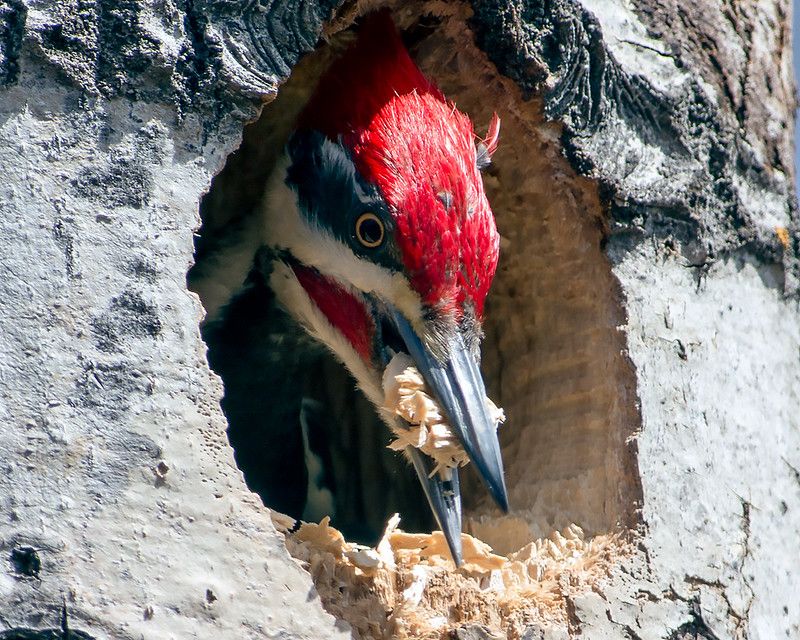
Creating nests is a woodpecker’s forte. They carve out cavities in tree trunks, using their robust beaks to chip away wood. This excavation process provides them with safe havens for raising young. The holes they leave behind also benefit other species, offering shelter to birds and mammals. This nesting behavior demonstrates the woodpecker’s role as ecosystem engineers. Their ability to transform habitats through nest excavation illustrates their adaptability and significance in forest environments.
Territorial Behavior
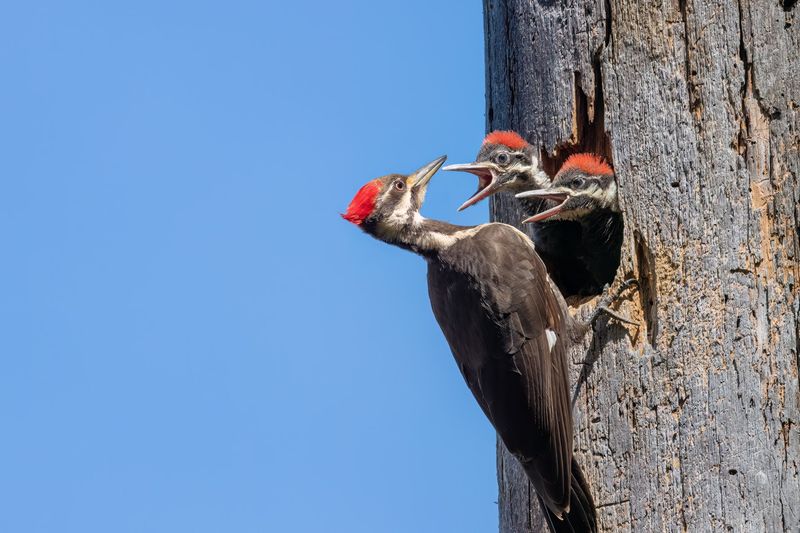
Woodpeckers are territorial creatures. They fiercely defend their chosen area, using drumming and calls to ward off intruders. These birds establish clear boundaries, ensuring access to food and nesting sites. Their territorial behavior is vital for survival, as it reduces competition and stress. The sight of two woodpeckers facing off, each asserting dominance, highlights their spirited nature. This behavior not only illustrates their survival strategies but also adds drama to the woodland symphony of sounds.
Colorful Plumage
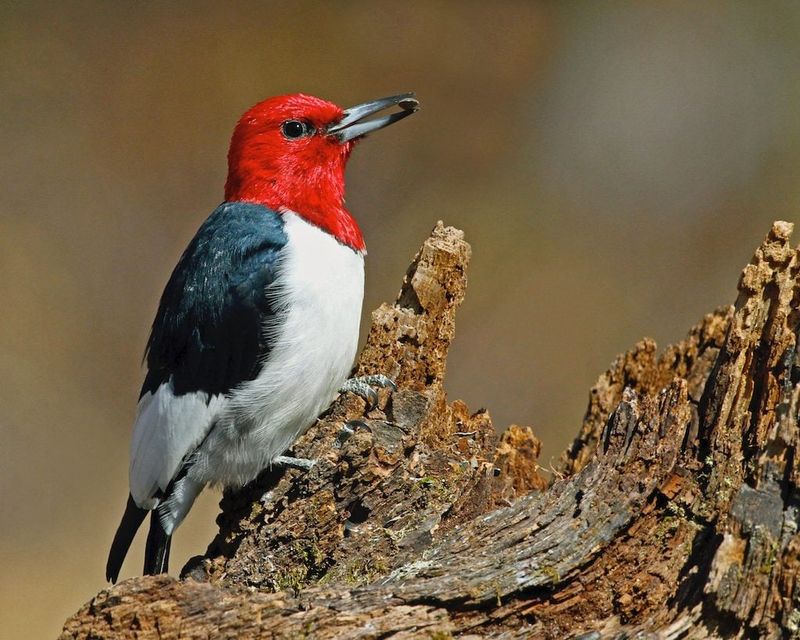
The vibrant plumage of woodpeckers is a visual delight. Their feathers often feature striking patterns, with contrasting colors like red, black, and white. This colorful plumage plays a role in communication and mate attraction. It also offers camouflage, blending in with the dappled light of forest environments. The diverse feather patterns among woodpecker species highlight the evolutionary nuances in their appearance. These visual traits are not just for aesthetics; they are crucial for survival and breeding success.
Role in Ecosystems
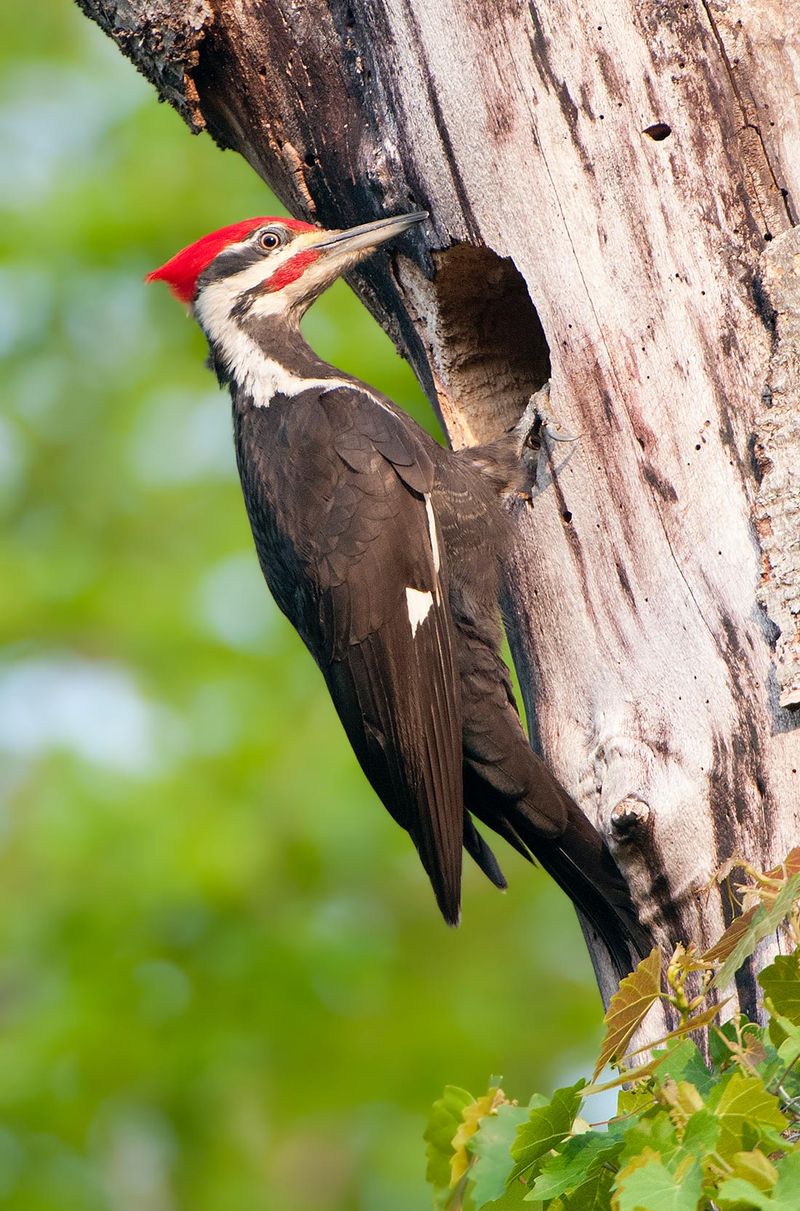
Woodpeckers hold an important place in ecosystems. They control insect populations, contribute to forest health, and provide nesting sites for other animals. Their presence signifies a balanced environment, where diverse species can thrive. By creating cavities, they support biodiversity, offering homes to creatures otherwise left homeless. The woodpecker’s role as a keystone species underscores their ecological importance. Observing a woodpecker in action is witnessing nature’s harmonious interplay, where each creature plays a part in the grand design.
Adaptations to Urban Areas
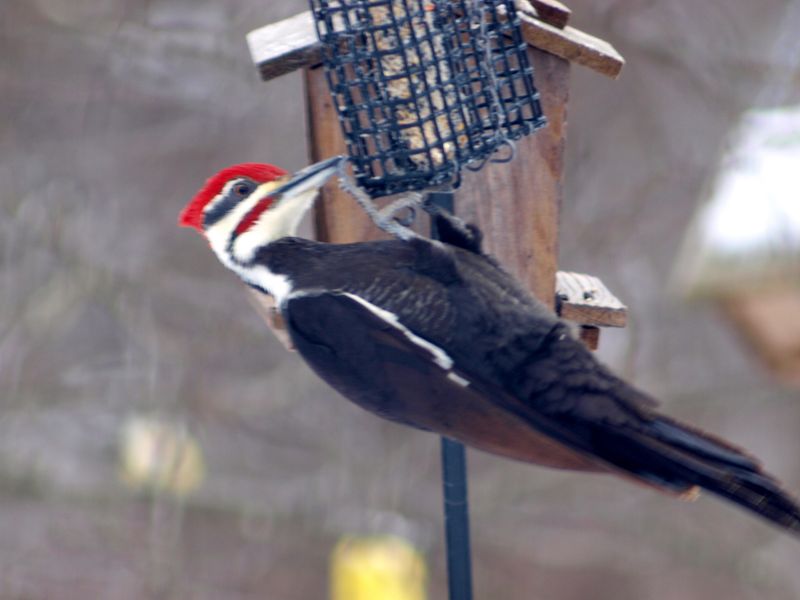
Woodpeckers have shown remarkable adaptability to urban landscapes. They often find new drumming surfaces on buildings and poles, integrating into city life. This adaptability underscores their resilience. While urban settings pose challenges, like noise and limited tree space, woodpeckers continue to thrive. Their presence in cities highlights their versatility and the broader theme of wildlife adapting to human environments. This adaptability ensures their survival amidst changing habitats, showcasing their dynamic nature and ability to flourish in diverse settings.
Heart Rate Regulation
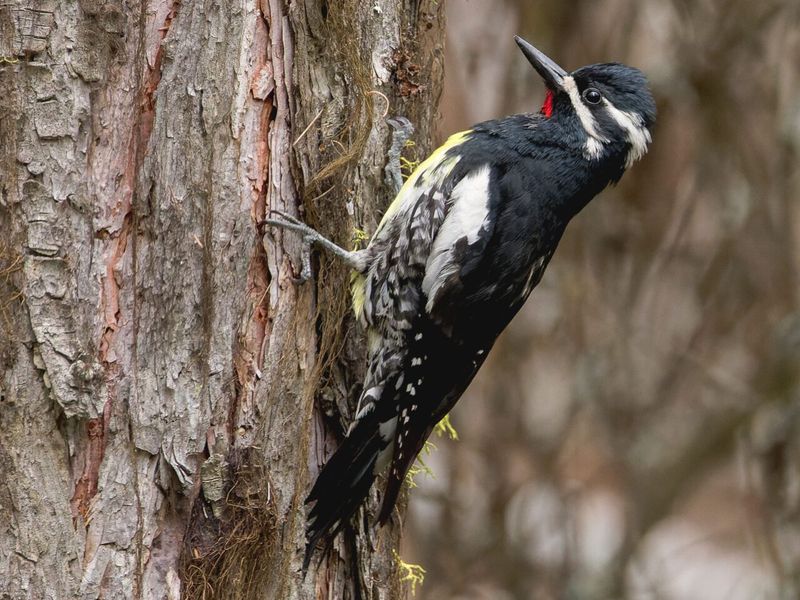
A woodpecker’s heart beats fast during intense drumming sessions. This rapid heart rate is crucial for maintaining energy and focus. Their cardiovascular system is adapted to withstand the strenuous activity of pecking, ensuring they remain alert and effective. This physiological adaptation is a testament to their overall endurance and vitality. By regulating their heart rate, woodpeckers can sustain their drumming without fatigue, showcasing the intricate balance of their body systems.
Species Diversity
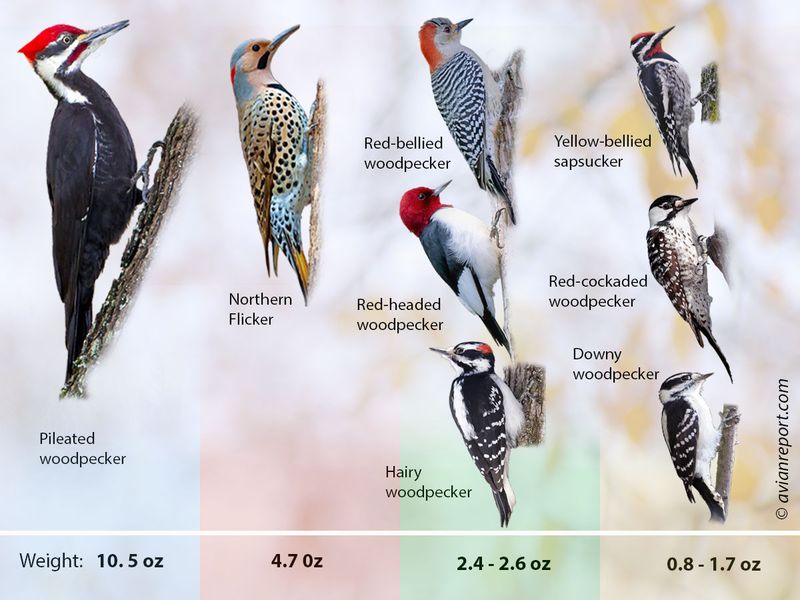
With over 200 species, woodpeckers display an incredible diversity. Each species has its own unique traits, from size and color to habitat preferences. This diversity highlights their adaptive success across different environments. Whether found in tropical rainforests or temperate woodlands, woodpeckers thrive. Their varied appearances and behaviors showcase the adaptability of this avian family. Studying woodpecker species diversity offers insights into evolutionary processes and the intricate web of life.
Conservation Efforts
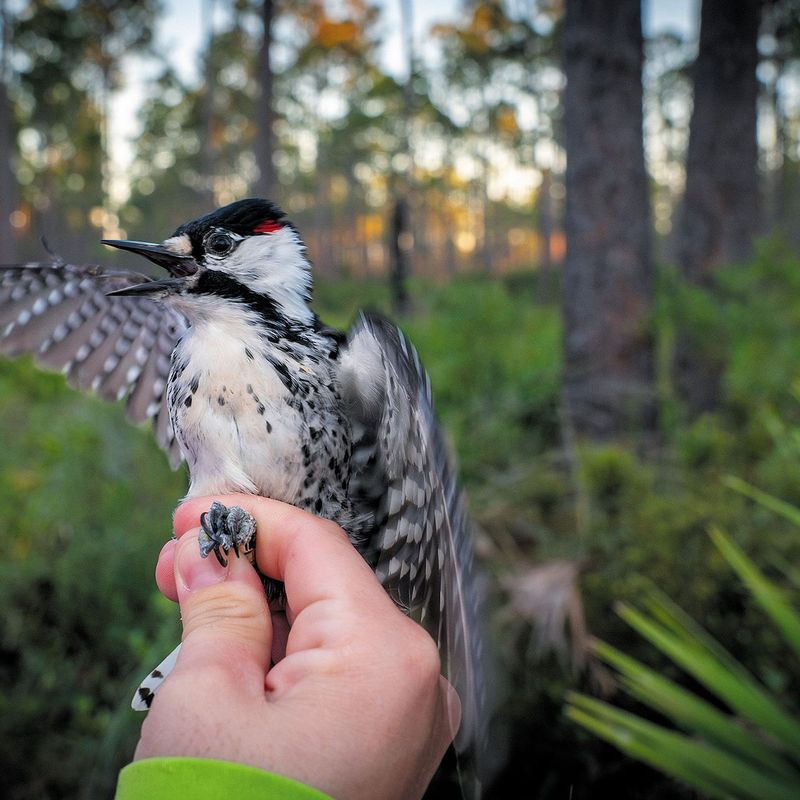
Conservation efforts are crucial for ensuring woodpecker survival. Habitat loss and climate change pose significant threats. Organizations worldwide are working to protect these birds, preserving their habitats and studying their needs. Conservationists emphasize the woodpecker’s role as an indicator species, reflecting the health of their ecosystems. These efforts not only help woodpeckers but also benefit countless other species. By safeguarding their future, we maintain the biodiversity and ecological balance essential for our planet.
Symbolism in Culture
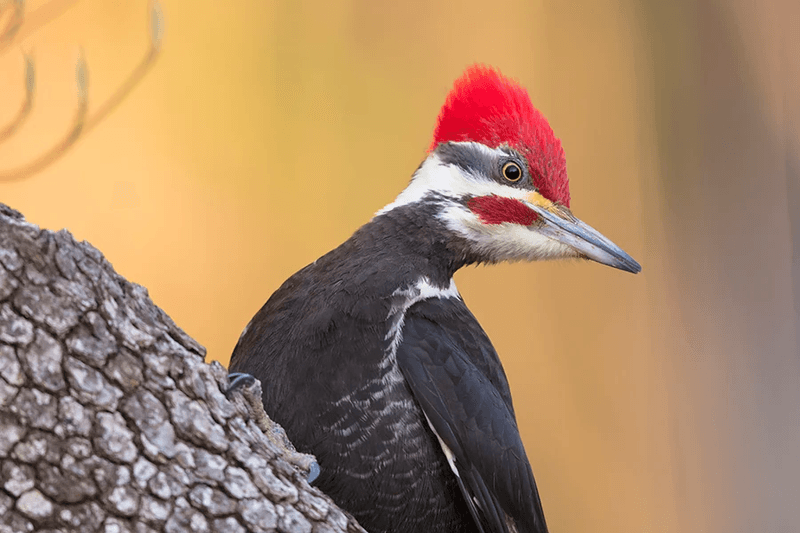
Woodpeckers hold symbolic meanings in various cultures. Often associated with determination and resilience, they appear in folklore and mythology worldwide. In some traditions, they are seen as messengers or symbols of opportunity. This cultural significance highlights the woodpecker’s impact beyond the natural world. Their presence in stories and beliefs illustrates the deep connection between humans and these fascinating birds. Understanding their cultural symbolism enriches our appreciation of woodpeckers, offering a glimpse into the human imagination and its relationship with nature.

